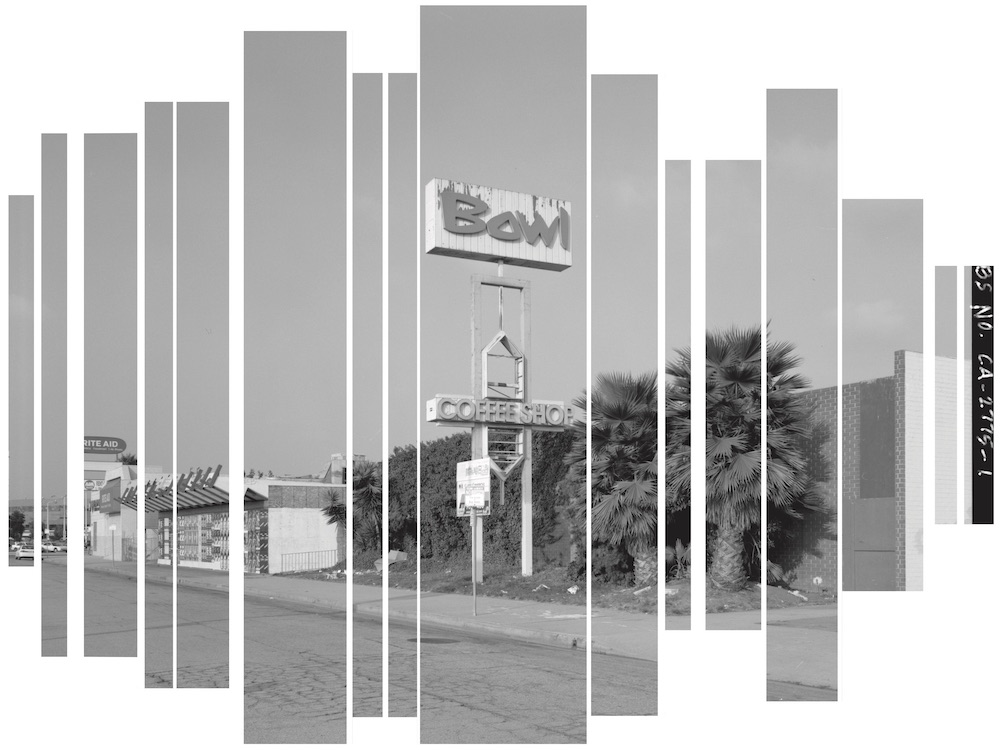
This year’s Bellarmine Forum focuses on the theme, “Los Angeles: A Place for the Future.” But, as the event “Once Were Neighbors: Fragility of Memory & Community” made clear, we cannot forge a better future without first understanding the lasting effects of the past. The Bellarmine Forum is multidisciplinary in its approach, and “One Were Neighbors” reflected this with its lineup of presenters from various departments within the Bellarmine College of Liberal Arts. Stefan Bradley, professor and chair of African American studies, was the evening’s lively and enthusiastic moderator, introducing each of the four keynote speakers: Julia Lee, assistant professor of English; Curtiss Takada Rooks, assistant professor of Asian and Asian American studies; Marne L. Campbell, associate professor of African American studies; and Priscilla Leiva, assistant professor of Chicana/o and Latina/o studies. Each professor addressed the intersectionality of race and ethnicity in specific communities and how these dynamics shaped L.A. as a multicultural hub.
Professor Lee began the evening with an examination of Little Tokyo and the different groups that shaped it before, during, and after World War II. Although Little Tokyo had long been the hub of the Japanese community in Los Angeles, World War II changed the area in many ways. The neighborhood had been left vacant with the internment of Japanese Americans, but quickly filled up with African Americans migrating from the South to find employment in the burgeoning defense industry. Even as “Bronzeville” transitioned back to Little Tokyo after the war, African Americans remained an important part of the community, and helped form one of Los Angeles’s unique multicultural enclaves.

Another neighborhood shared by African Americans and Japanese Americans was the subject of Professor Curtiss Takada Rooks’s presentation. Rooks introduced the central Los Angeles district of Crenshaw as a historically significant and special place where people of all backgrounds could buy a home. This openness led to the development of a vibrant blend of Japanese and African American cultures. As an example, the revival of Japanese taiko drumming began in Crenshaw, and drew inspiration from African American music. Connecting to his own background as the son of an African American father and Japanese mother, Professor Rooks recalled a night in his youth when he visited a Crenshaw club, saw Japanese Americans dancing to funk and Motown, and thought, “I’m home.” Rooks doesn’t deny that there were instances of tension in the Crenshaw district, but he also pointed out that its citizens took pride in where they came from: “Crenshaw was a macro-identity. At the end of the day, Crenshaw came first, race was second.”

Professor Leiva took a unique approach, presenting pieces of Los Angeles history through the lens of sports. Leiva spoke of the important role professional sports played in the 1980s and 1990s for minority communities. It was a time when Los Angeles was led by Mayor Tom Bradley, the Showtime Lakers were on top with Magic Johnson and Kareem Abdul-Jabbar, and Fernando Valenzuela was pitching for the Dodgers. Although minority communities were not necessarily thriving economically, they felt as if they were sharing in the successes of these very public figures. Professor Leiva also discussed the impact of professional sports on Inglewood with the Los Angeles Forum, and as the future home of the Chargers, Rams, and Clippers.

Using the Azusa Street Revival as a framework, Professor Marne L. Campbell highlighted how the interplay of different cultures can spark something new. Campbell made the argument that there is no moment in Los Angeles history more multicultural than the Azusa Street Revival. Although started by working class black women, the revival spread to include white and black ministers from all over the country, and stood out for its egalitarianism. California has always been a place of opportunity for all people, and the Azusa Street Revival allowed the entire country to see the multicultural promise of Los Angeles.

Although the panelists spoke about very different areas of the city and times in history, they all touched on similar themes. Part of understanding the histories of Crenshaw, Inglewood, and Little Tokyo is grasping that race has played a unifying and dividing role in these communities. Overall, panelists focused on the notion of home and neighbors, particularly challenges that unite Angelenos, as well as certain policies and cultural values that sometimes divide us.



